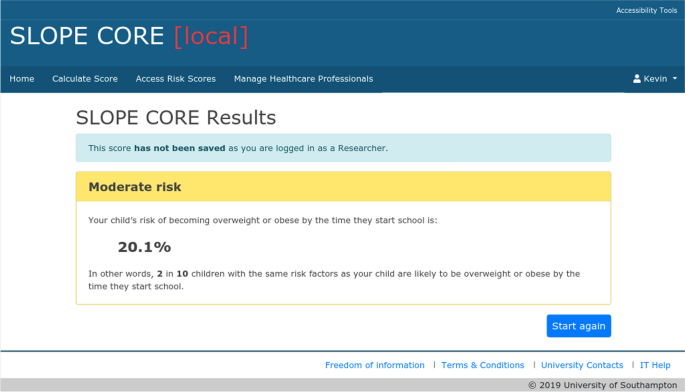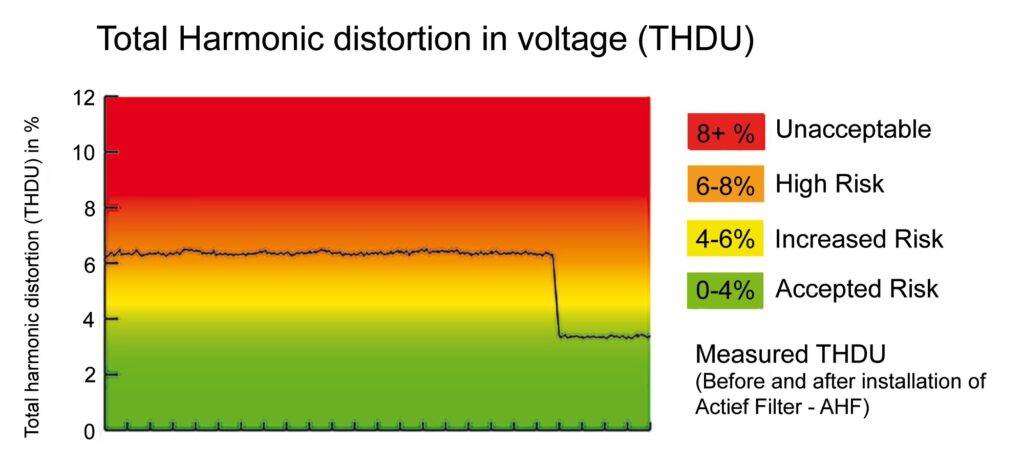Mixed methods feasibility and usability testing of a childhood obesity risk estimation tool, BMC Public Health

Background A Childhood Obesity Risk Estimation tool (SLOPE CORE) has been developed based on prediction models using routinely available maternity and early childhood data to estimate risk of childhood obesity at 4–5 years. This study aims to test the feasibility, acceptability and usability of SLOPE CORE within an enhanced health visiting (EHV) service in the UK, as one context in which this tool could be utilised. Methods A mixed methods approach was used to assess feasibility of implementing SLOPE CORE. Health Visitors (HVs) were trained to use the tool, and in the processes for recruiting parents into the study. HVs were recruited using purposive sampling and parents by convenience sampling. HVs and parents were invited to take part in interviews or focus groups to explore their experiences of the tool. HVs were asked to complete a system usability scale (SUS) questionnaire. Results Five HVs and seven parents took part in the study. HVs found SLOPE CORE easy to use with a mean SUS of 84.4, (n = 4, range 70–97.5) indicating excellent usability. Five HVs and three parents took part in qualitative work. The tool was acceptable and useful for both parents and HVs. Parents expressed a desire to know their child’s risk of future obesity, provided this was accompanied by additional information, or support to modify risk. HVs appreciated the health promotion opportunity that the tool presented and felt that it facilitated difficult conversations around weight, by providing ‘clinical evidence’ for risk, and placing the focus of the conversation onto the tool result, rather than their professional judgement. The main potential barriers to use of the tool included the need for internet access, and concerns around time needed to have a sensitive discussion around a conceptually difficult topic (risk). Conclusions SLOPE CORE could potentially be useful in clinical practice. It may support targeting limited resources towards families most at risk of childhood obesity. Further research is needed to explore how the tool might be efficiently incorporated into practice, and to evaluate the impact of the tool, and any subsequent interventions, on preventing childhood obesity.

Research Methods for Public Health 0826182054, 9780826182050

Delaware Journal of Public Health, Chronic Disease, Part 1 by Delaware Academy of Medicine and the Delaware Public Health Association - Issuu

Designing personalised mHealth solutions: An overview - ScienceDirect

Frontiers Time to act on childhood obesity: the use of technology

IJERPH, Free Full-Text

PDF) Why do parents enrol in a childhood obesity management program?: A qualitative study with parents of overweight and obese children

Iron Absorption: Factors, Limitations, and Improvement Methods

Select Research Method Implementation Science at UW

Frontiers Protocol for an Effectiveness-Implementation Hybrid Trial to Evaluate Scale up of an Evidence-Based Intervention Addressing Lifestyle Behaviours From the Start of Life: INFANT







